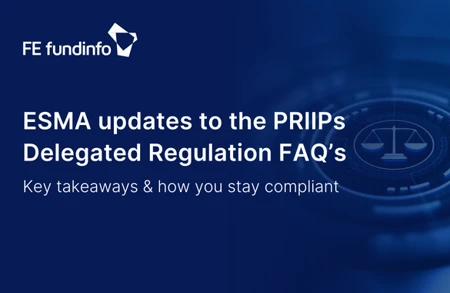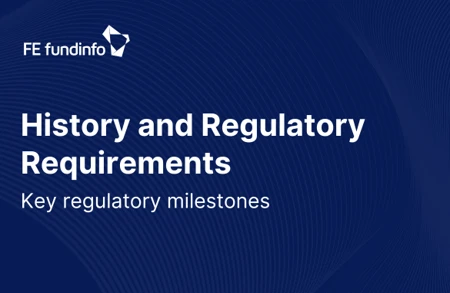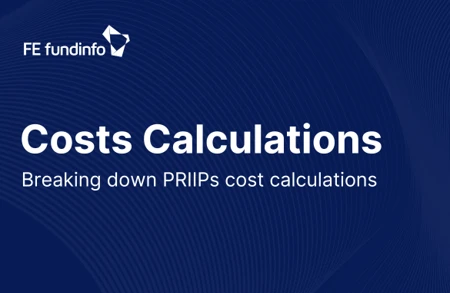
Data management in the new regulatory era: why you can't afford manual processes
When a major asset manager discovered calculation errors in their PRIIPs KIDs last quarter, it wasn't just an embarrassing misstep - it was a warning sign for the entire industry. With regulatory requirements multiplying across jurisdictions and tens of thousands of share classes to manage, the era of spreadsheets and manual data processes is becoming dangerously obsolete. As we move into 2025, asset managers face a stark choice: modernise their data management approach or risk becoming overwhelmed by the mounting complexity of compliance.
"Much like a well-run kitchen, success in this environment demands precision, consistency and smart systems. The complexity we're facing is remarkable – we're seeing multiple regulatory frameworks across jurisdictions, each with their own specific requirements and timelines."
The scale of the challenge is significant. Consider the current landscape:
- Managing data from over 300 asset managers
- Covering approximately 125,000 share classes
- Meeting multiple jurisdictional requirements
- Maintaining historical records for trend analysis
- Ensuring consistent reporting across frameworks
Recent industry experiences highlight the risks of inadequate data management. As Grossmann notes, "An example discussed widely by FE fundinfo was the identification of wrong calculations for the EU PRIIPs Composition of Costs numbers. With huge amounts of PRIIPs KIDs displaying wrong numbers, this shows how important ongoing regulatory horizon scanning is."
The pressure is increasing with new requirements on the horizon. The UK's SDR regime, EU's SFDR changes, and global sustainability reporting standards are creating new data demands. Each regulatory initiative requires specific data points, all of which need to be handled with absolute consistency while maintaining historical records for trend analysis.
"The most successful firms I've observed are those taking a strategic view, seeing regulatory change as a catalyst for operational transformation. They're building flexible frameworks that can evolve with the regulatory landscape, and they're doing it proactively, not reactively."
We expect to see more firms moving beyond treating each reporting cycle as a separate challenge. Instead, they will embed regulatory awareness into their daily operations through integrated data management systems that serve as a single source of truth for regulatory data.
The benefits of this strategic approach ripple through the entire organisation: from reduced reporting errors and operational costs to dramatically improved speed to market. Perhaps most importantly, firms gain the agility to adapt to new requirements quickly while making better-informed strategic decisions based on reliable, consistent data.
The mandate is clear: manual data management processes are becoming an unaffordable liability in an increasingly complex landscape. We expect the firms that thrive to be those that invest in robust data infrastructure capable of handling whatever tomorrow brings.





